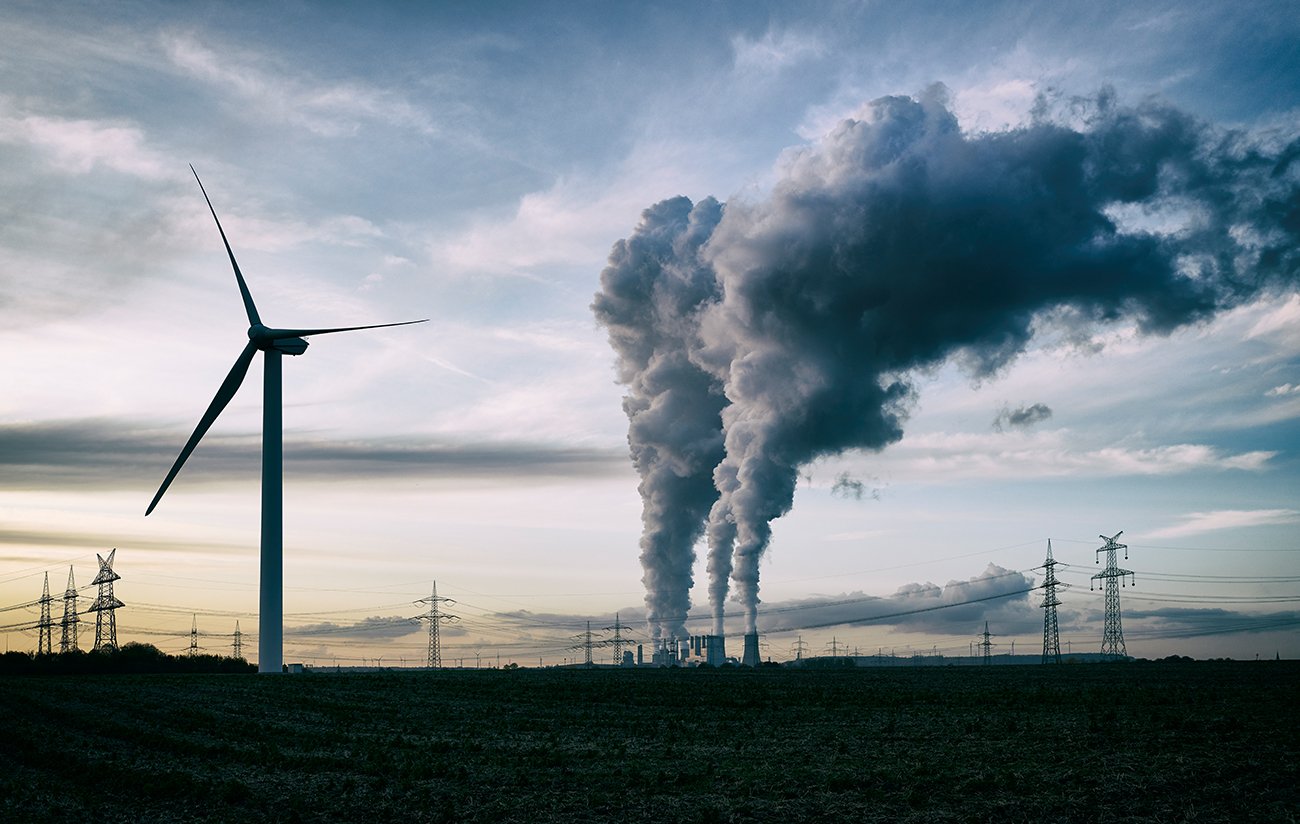As the process for implementation of the Inflation Reduction Act gets underway, a key portion of the law remains uncertain: location-based tax incentives for the power sector. The IRA offers significant tax credit bonuses to areas with historical ties to traditional energy industries, but many of the qualifying geographies are unclearly defined and rely on novel data categories not systematically tracked at the federal level.
In this report, we break down key implementation decisions that could affect the final geographic extent of these incentives. Additionally, we identify key data sources that are likely to be used in the rulemaking process and highlight major points of clarification that are needed prior to program implementation.
Though many components of these location-based incentives are unpredictable, a thorough understanding of IRA energy community definitions can help developers identify high likelihood sites prior to the release of federal government guidance.
What is an energy community?
As described in CRA’s August Insights piece, an energy community is a specific geographic location that has historical ties to traditional fossil fuel industries. Clean energy and energy storage projects developed in areas qualifying as energy communities will receive a “bonus” credit as part of their overall eligibility for either the investment or production tax credit (see Table 1 for details).[1] This will apply to all qualifying renewable electricity projects placed in service after 2022 and extend to all projects that commence construction by the end of 2032 (or later if US power sector greenhouse gas emissions are not at or below 25% of today’s levels).
Table 1: Credit amounts for energy communities[2]

The IRA defines three geographic categories that will qualify as energy communities:
- Coal-retirement census tracts: Areas near retired coal mine or power plant infrastructure.
- Fossil fuel employment statistical areas: Regions with historical employment in fossil fuel industries and where unemployment is high relative to the national average.
- Brownfield sites: Properties with the potential presence of hazardous substances.
In the following sections, we summarize the precise IRA definition of each category, identify potential data sources used to determine geographic extent, highlight key points of uncertainty in existing data and definitions, and attempt to identify the potential geographic extent of energy community qualification based on a variety of implementation outcomes.



